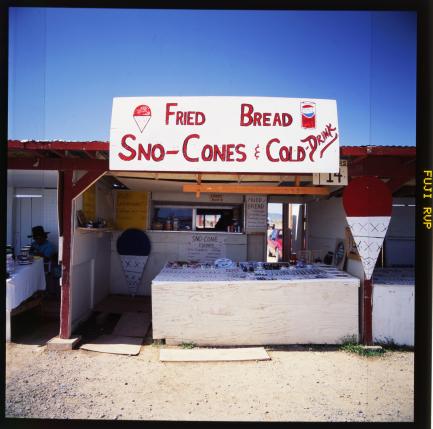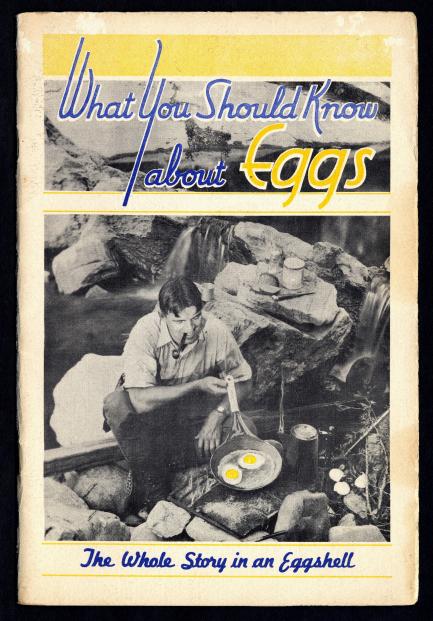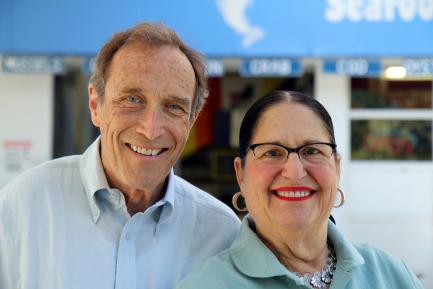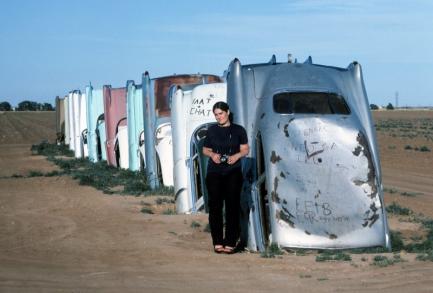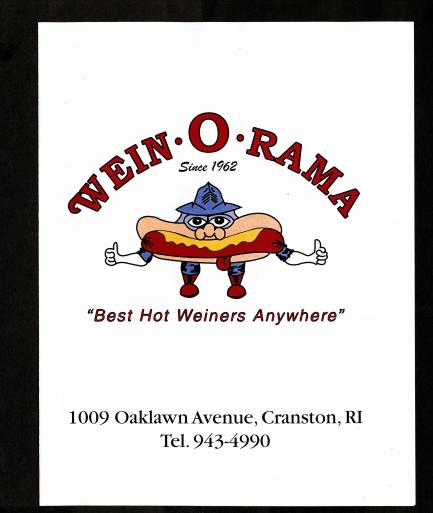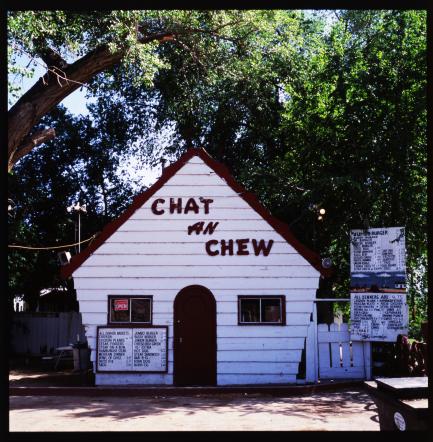Smithsonian Collects From “Roadfood” Series Authors
The Smithsonian’s National Museum of American History will host a special appearance of authors Jane and Michael Stern, best known for the series of Roadfood guides that explore American regional eateries, during the Food History Festival, Saturday, Oct. 29 from 10 a.m. to 5:30 p.m.
The Sterns recently donated 17 cubic feet of archival materials to the museum, reflecting the course of their 40-year careers traveling the country, tasting regional foods and documenting the atmosphere, stories and history of various restaurants, diners and traditional food events. The collection, which includes 18 books authored by the Sterns, a painting titled “The Stern Homestead,” product cookbooks, brochures, souvenirs and ephemera, research notes and advertising from the 1970s to the 2010s, will be housed in the museum’s Archives Center and the Smithsonian Libraries, where it will be available to scholars and the public.
In a lively hour-long conversation, “A Roadtrip Through the Roadfood Archives With Jane and Michael Stern,” museum food-history curator Paula Johnson and the Sterns will discuss America’s regional food traditions and show selections of the donated materials. Following the conversation, the writers will sign copies of their books, Roadfood and Two for the Road.
“Collecting from the Sterns was a memorable experience; they shared stories from their travels over two days while we examined a fantastic array of historic papers they collected along the way,” Johnson said. “Taken together, these materials provide a significant and tremendously eclectic view into American foodways and culture.” Johnson is publishing a post about the collection on the museum’s “O Say Can You See” blog at http://americanhistory.si.edu/blog.
Roadfood is a series of books, magazine columns and a website roadfood.com in which the authors provide recommendations of restaurants in each state serving classic American regional specialties. They began documenting American regional food traditions in the 1970s, first thinking of their research as a guide to “truck-stop dining” and driving along the American highway system where they ate up to 12 meals each day, sampling the best of local cafes, diners, barbecue joints and roadside stands.
The Food History Festival, Oct. 29, will offer a full day of free activities about food, including live cooking demonstrations, film screenings, exhibition tours, hands-on activities, rarely exhibited objects on display and tours of the museum’s Victory Garden. Registration is recommended for talks by chefs and food professionals: http://s.si.edu/FoodHistFestival.
The festival is part of the Smithsonian Food History Weekend, a cornerstone of the museum’s Smithsonian Food History Project. Programming gathers culinary leaders and scholars every fall to inspire visitors with culinary demonstrations, hands-on learning opportunities, roundtable discussions and more. More information is available at http://s.si.edu/FoodHistoryWknd.
The National Museum of American History has researched and documented American food history for more than 25 years. Highlights from the collections include Julia Child’s kitchen, a 1950 Krispy Kreme doughnut-making machine, a 1954 Swanson’s TV dinner tray, microwave ovens from 1955 and 1976; a mid-century tortilladora (tortilla press), a fondue pot and crepe pan from the 1970s, cooking tools used on a 1970s communal farm, a 1973 Weber kettle grill and the two bottles of California wine—the 1973 Chateau Montelena Chardonnay and the 1973 Cabernet Sauvignon from Stag’s Leap Wine Cellars—that won the 1976 Paris tasting, bringing international recognition to American winemaking. The museums also launched a brewing history initiative earlier this year.
Through incomparable collections, rigorous research and dynamic public outreach, the National Museum of American History explores the infinite richness and complexity of American history. It helps people understand the past in order to make sense of the present and shape a more humane future. The museum is continuing to renovate its west exhibition wing, developing galleries on democracy and culture. The museum is located at 14th Street and Constitution Avenue N.W., and is open daily from 10 a.m. to 5:30 p.m. (closed Dec. 25). Admission is free. For more information, visit http://americanhistory.si.edu. For Smithsonian information, the public may call (202) 633-1000.
# # #
SI-522-2016
Cliff Sharples, Fexy
206-930-6684
Valeska Hilbig


